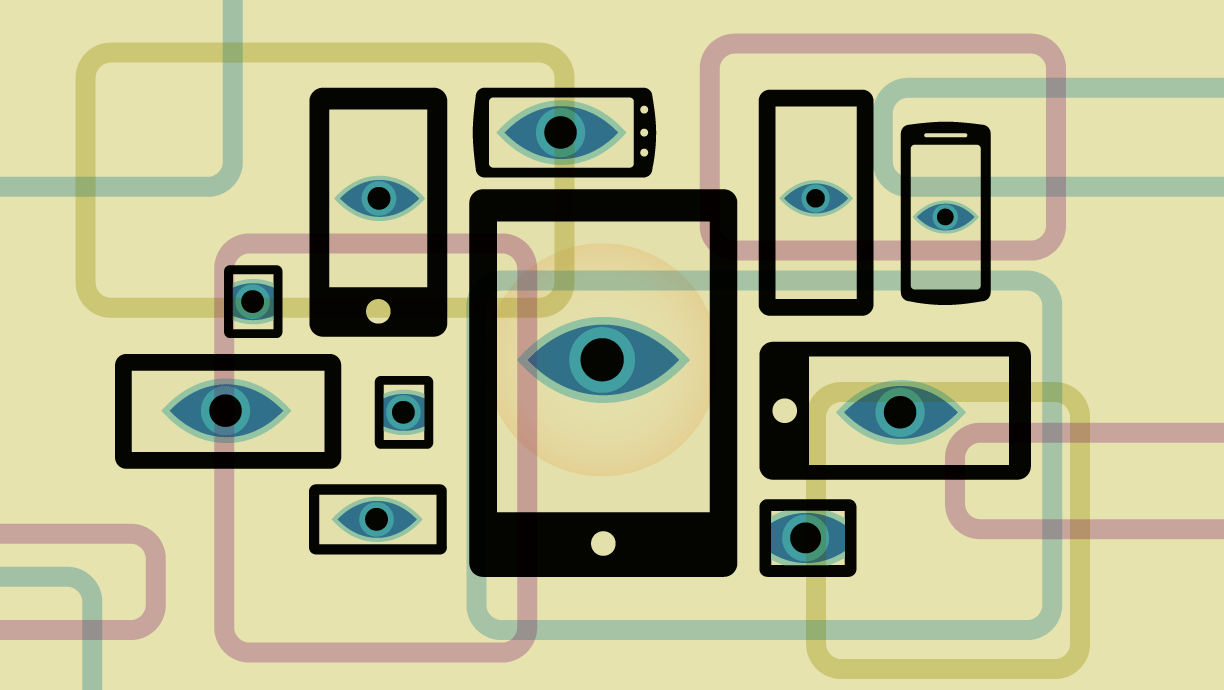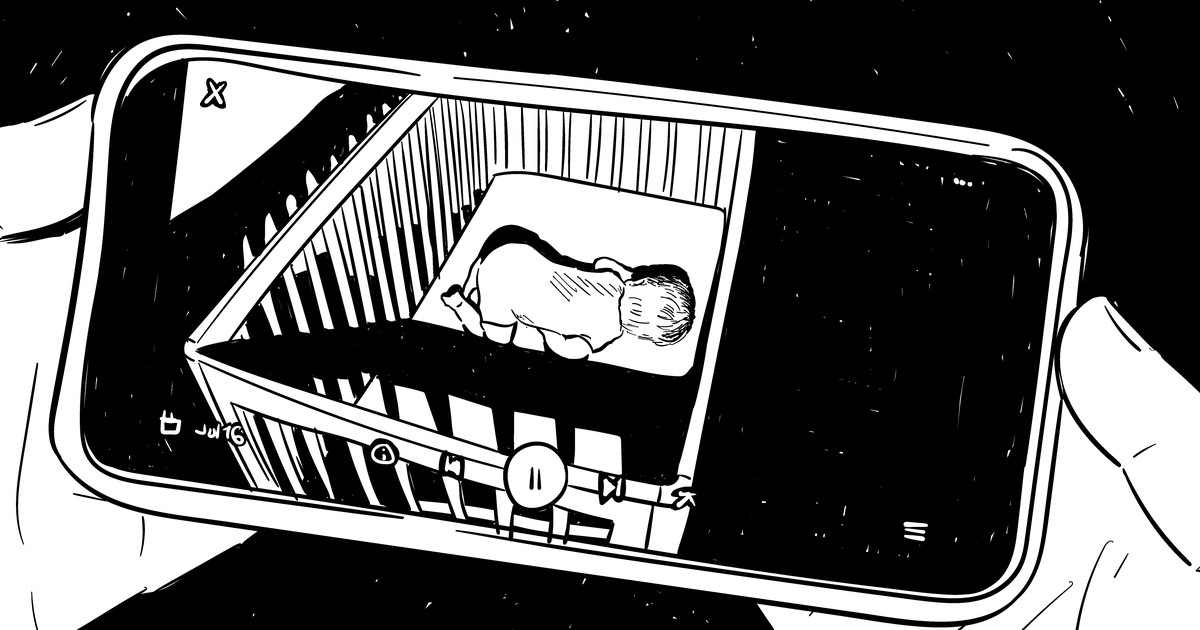Surveillance & Recording

As I prepare to become a new parent, I spend a lot of time thinking about surveillance and recording, and how they are different, or the same. The baby will enter a world flooded with surveillance tech — a wide range of forms that many of us engage in everyday. From a traffic camera company selling pictures of license plates across 5,000 communities in the US, to the advertising software ID built into most phones, which of course is how advertisers and data brokers track and sell and personalize ads to folks with phones. Tracking, data grabs, surveillance is how companies make money.
If you need, here is an explainer and history lesson on ad tech software in smart phones:

But babies and newborns don't have to deal with this — except with monitors (and their future with their baby pictures on social media).
Cameras, audio devices, which on the whole, can help save lives. Before the first baby monitor in 1937, 6% of babies died of illness or accident. A fact from the recent comic in The Verge by Kristen Radtke.
Baby monitors help monitor. But they are a form of watching. A form of control. Kristen mentions a moment from another mother putting an AirTag on in a diaper bag to monitor a nanny and then follow the nanny and baby to a bench; a form of baby monitoring stakeout.
The friend recalls: "You're seeing something you're not supposed to be seeing." Nothing happened, but it gets at this feeling: you don't want to be far away from your kid. It's a collapse of trust, too — easier to hurdle over with technology, but understandably a hurdle a parent would want to jump over.
As with all tech, Kristen floats up the important question: Are you using this technology because you need to, or because it is available?
While out at a party, many months after her child had been born, Kristen goes out and pulls up a video of her baby. To me, it wasn't surveillance as much as it was recording: wanting the moment to last a little longer — knowing the baby will grow and this stage will be gone, eventually. Perhaps she didn't record that video, but it was a holding — wanting to look at an important and fleeting moment.
Surveillance may be for control — safety on the good side, political and authoritative, and cultural tar pit on the bad side.
But recording is for remembering. Remembering good moments, accurate moments, for understanding, joy, love. Tech can do that, too.
In The Verge:





Member discussion